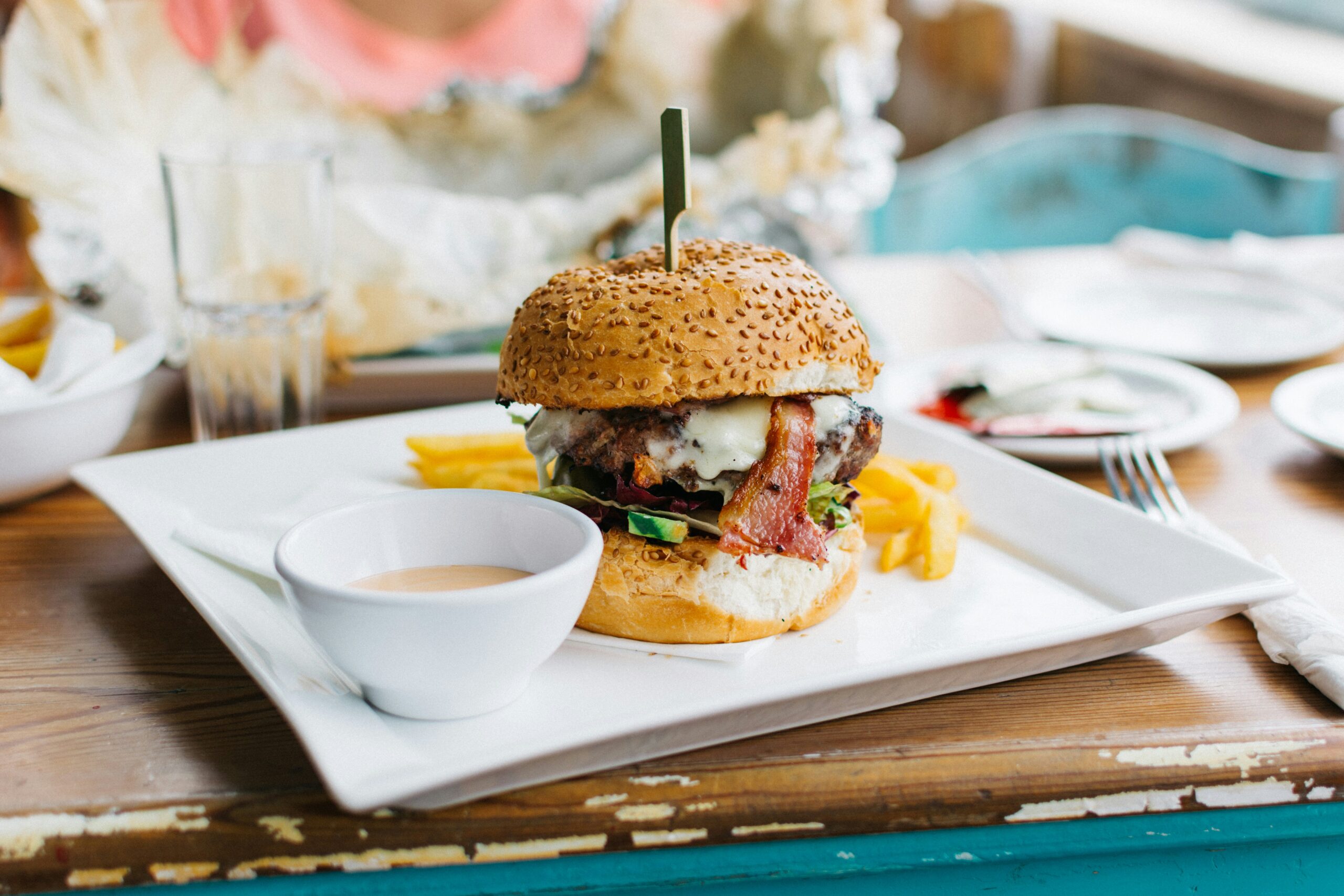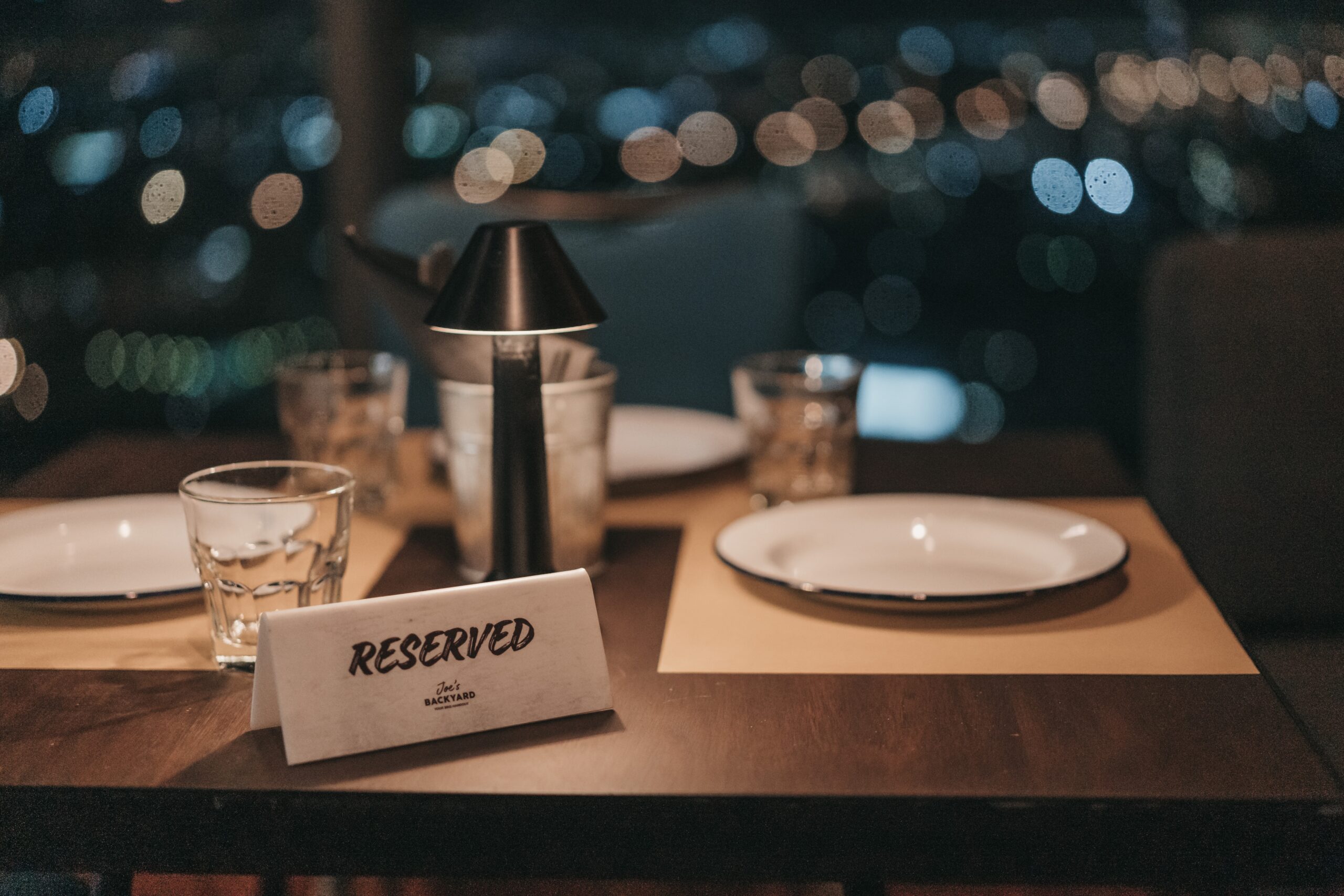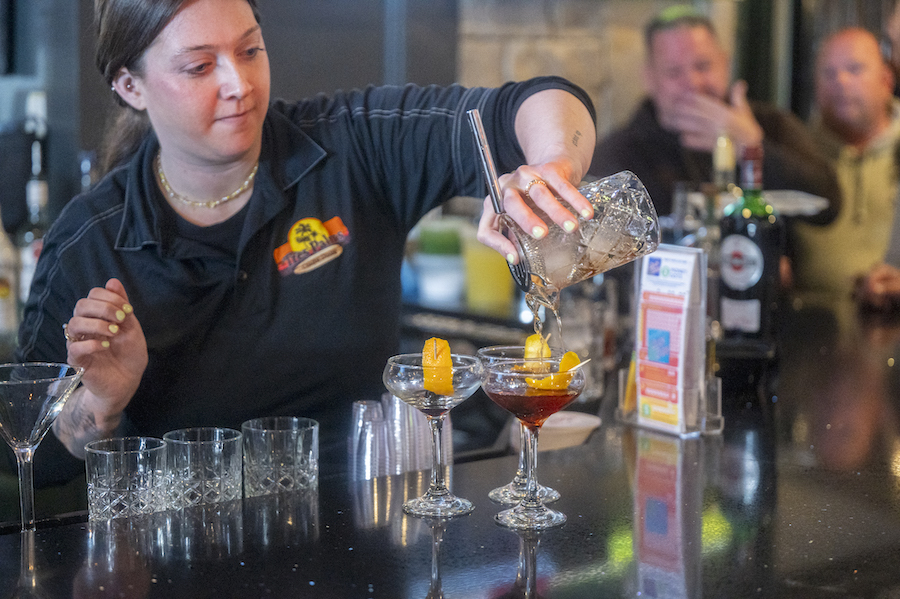
Menu engineering is both a science and an art. A quality menu hinges on design, layout and psychology.
For an already existing restaurant, this all should be informed by customer data.
So what’s the goal of great design? Making money, of course. After all, these are businesses — not hobbies.
Yet so many restaurant owners are leaving money on the table simply because they’re making huge mistakes right out the gate. Menu mistakes.
Here are five biggies, according to Ten Cent Menu Club.
1. Not highlighting items
So-called “diamond” items on a menu are those that are both popular and profitable. Yet many restaurant owners will bunch them alongside the “pawns,” which are popular, but not very profitable. (These might even lose money!) Or the lemons, which aren’t popular or profitable.
Restaurant owners need to make these diamonds stand out from the rough. They can do this simply with eye magnets — graphic elements like an outline, icon, photo or splash of color.
The idea is to guide diners’ eyes to the menu items you want them to try.
2. Labeling items blandly
What sounds better to you, Lobster Ravioli, or Chef’s Special Lobster Ravioli? Fried Chicken Sandwich, or Nashville Crispy Chicken Sandwich? Spaghetti & Meatballs, or Nonna’s Famous Meatballs?
Restaurant owners can draw on geography, the idea of “signature” dishes, even nostalgia like Mom’s Famous Chicken Pot Pie to name menu items that could make them sound exotic, sophisticated, evoke emotions or promote health-conscious options.
Alas, too many restaurants go with “Beef Sliders.”
Try the Japanese Wagyu Beef Sliders instead.
3. Not using descriptive language
This is a cousin to Number 2. Language that describes the taste, texture and aroma of a dish can help customers visualize and imagine the experience of eating it. Many restaurants might have a wonderful dish on their menu, something people might come back again and again for, but it doesn’t get ordered because it’s not described right. Here’s just one simple example:
Nah: Cheeseburger with fries
Yes: Juicy, flame-grilled burger, topped with cheddar cheese, served with a generous helping of golden, crispy French fries
4. The misuse (or no use) of images
High-quality photos, artist renderings, illustrations, colors, icons, symbols and negative space are all tools to help break up text and make a menu easier to read and navigate. They’re also great for branding!
As mentioned in Number 1, enticing images can also be used to guide guests to the items you really want them to order, to maximize profit and return visits. Yet too many menus are overloaded with text, and text only, with fonts that might be hard to read. (Poor font selection is a story for another day.)
But an even bigger mistake is the use of non-quality food photos, or even stock images that don’t represent the dishes being served.
Warning: Don’t go overboard with the graphic elements, or you might distract people.
5. Emphasizing the cost
You know that small row of dots that appear alongside menu items, with the price on the far right side?Yeah, don’t do that. What happens is the price competes with the dish for attention.
Paying for a meal is the biggest pain point when dining out. Good designers use techniques to take the emphasis away from the price, which leads to a more positive interaction with the menu. What a restaurant wants is for customers to order based on their preferences and desires, not price.
So place the price less prominently on the menu. Research shows customers spend more money this way.
Knowledge source: The experts at Ten Cent Menu Club of New York.

























